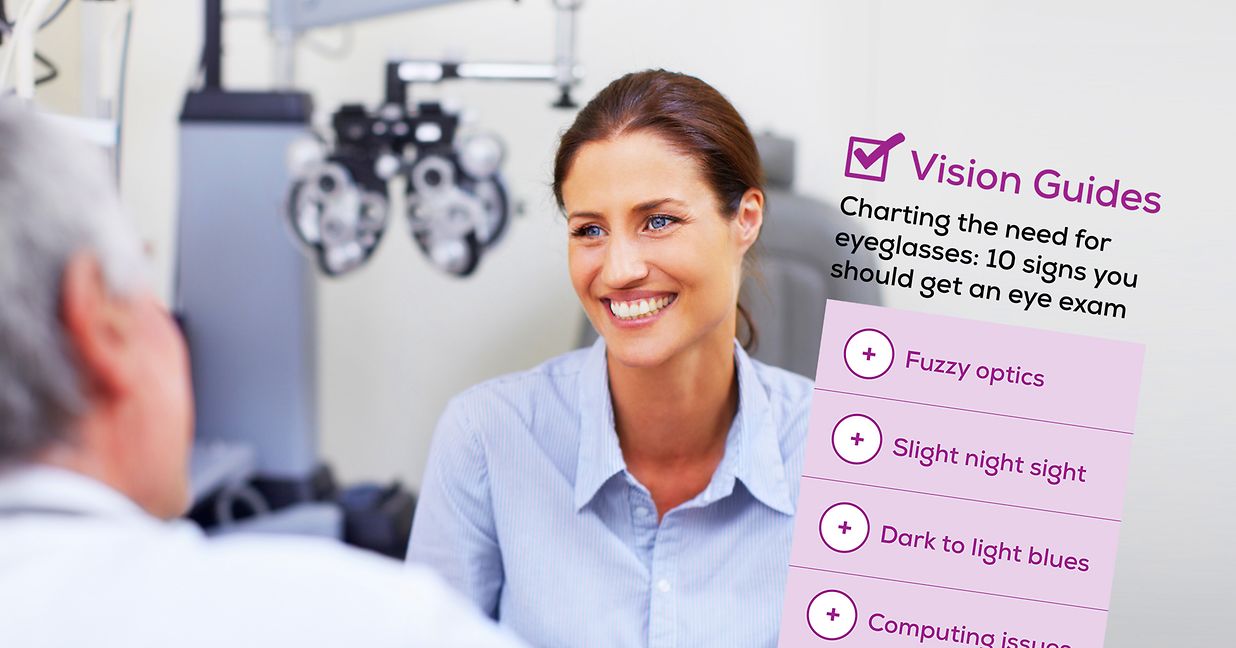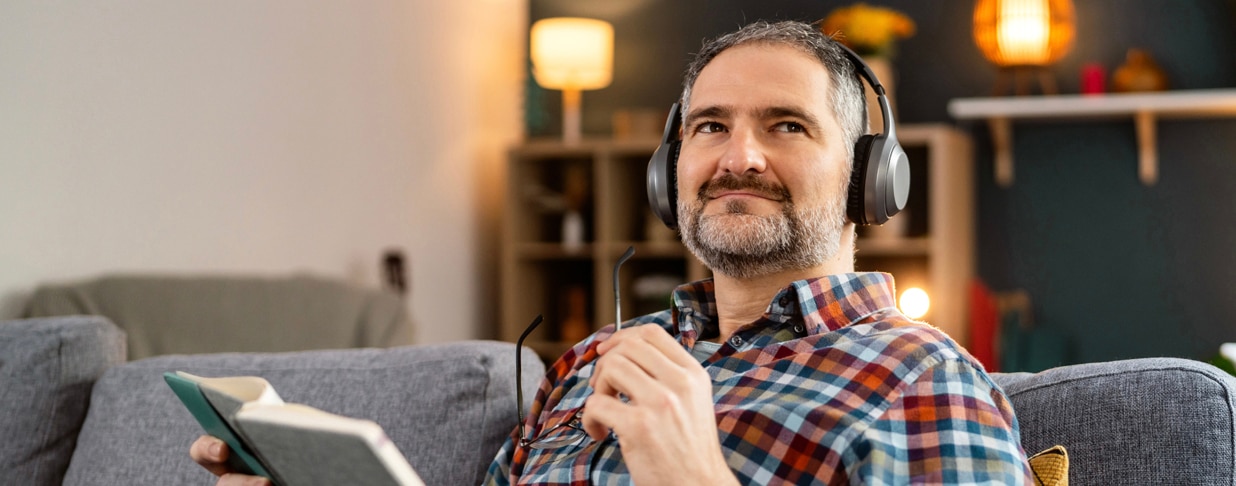Going to the eye doctor is, for many, a test of both dollars and sense.
Are the eyeglass frames covered? What kind of eye exam will I need? Every day, an estimated 400,000 Americans get eye exams, according to The Vision Council’s Vision Benefit Report in 2016. Many of them will learn for the first time they need some form of vision correction, or maybe the eye doctor will spot early warning signs of other vision or potentially serious health issues. Their first thought often is: OK, what now…what decisions am I going to have to make?
Consumers need self-service decision tools more than ever, as they’re more involved in managing their own healthcare. Nearly 90% of consumers surveyed by the research marketing firm Ipsos said they feel confident taking responsibility for their health, and 64% believe they could be making more decisions about their health and wellness.
Unfortunately, research shows consumers aren’t quite getting what they want and need when it comes to healthcare research. According to Castlight Health research, 73% of employees say they don’t know their benefits. At the same time, 9 of 10 employers feel they lack data on benefit program effectiveness.
Give ‘em what they need
We think that should change. Before visiting the eye doctor or using vision benefits, employees can say, “I’ve got this.” One of our answers was to team up with Castlight Health, known for their dental and medical health and wellness insights for employees, to make quality online vision care information easily available.
With our handy collection of online easy-to-follow vision care guides, benefit members can make the most of their care and benefits. From the 10 signs you should get an eye exam to 10 things to expect when visiting the eye doctor, the simple how-to guides put decision-making power and confidence into employees’ hands.
“Jotting the eyes”
Think about it: Do you know what eye tests the doctor performs and why? Did you know there may be a drop-free alternative to pupil dilation (upon doctor’s recommendation) that makes it a breeze to return to the rest of your daily activities? Do you know the amount of your frame allowance (and would members even know what an allowance is)?
We answer these questions and much more in our simple “jotting the eyes” approach—making it easy to find what you need with a basic inventory of eye care to-dos. The vision guides are formatted as clean checklists so the reader can quickly and in plain language, prepare for and make good vision care decisions.
Take a look at these current topics:
- Preparing for your visit to the eye doctor
- What to bring to your eye exam
- How to use your benefits
- 10 signs you need glasses
- Vision symptoms to look for in your child
- Workplace vision safety checklist
- Lasik surgery to-do list
- Contact lenses dos and don’ts
So no matter which way you look, it’s now easy to help people with what they really need to know for great vision health experiences, informed decisions and confident spending.
BL-1703-CB-282



